2020 in Pictures
Welcome to yet another edition of “A year in pictures” blog… Err… Not exactly. I won’t be telling any secrets when I say 2020 was anything but “yet another” year. Plans, hopes and dreams were shattered, businesses ruined and who knows when the situation will be improving into something more manageable again. Heck, even Jim Goldstein’s Blog project isn’t happening this year. One door closes another opens. The past year was supposed to be the year, when we should do some self improving. Since we were at home so much… Well. Not exactly. My whole family was so busy, trying to keep our company running that there wasn’t a day when I got to the office and said “what I’ll be doing today?”.
Nevertheless, I did pick up some skills. I was forced to learn how to do live streaming. In December I did quite serious video production (as in directing about 16 people to make a “documentary/promo video”). But I spent most of the time learning and doing astrophotography. I even did a rather large article in Slovak about it from a “noob” standpoint. It’s unlike anything I’ve ever tried in the realm of photography. Extremely time consuming, extremely frustrating but extremely addicting. I swear it should be on the list of banned substances… Only kidding of course. But the amount of stuff that goes into creating a deep sky astrophotograph is mind-numbing. Mounts, lenses, telescopes, cameras, correctors, flattners, reducers, autoguiding, platesolving, calibrating, not to mention processing. There are many resources all over the web and for good reason.
I probably could do this article month-by-month, like I do every year. But this year I’d rather just pick some of the photos I took and say a few words about them.
I started the New Year right on January 1st with an immensely popular deep sky object. Messier 42, or Great Orion Nebula has to be “the gateway drug” to Astrophotography, since it’s so easy to capture its beautiful shape and colors with just about any camera and relatively short integration time. This is about 1 hour worth of only 1 minute exposures. If only the other deep sky objects were so easy.
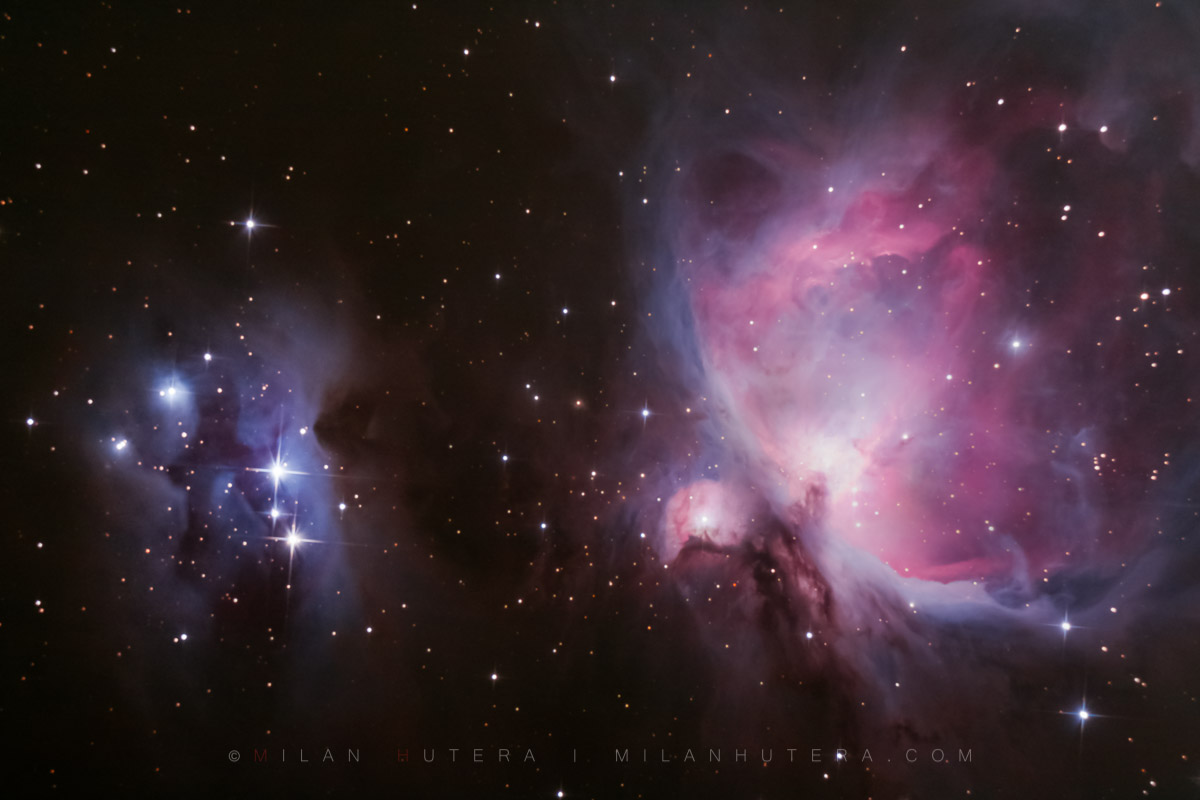
In January I also made a trip to IBU Cup in Osrblie. A lot of times my favorite photos from sporting events aren’t the obvious ones. Like this taking-off-the-gloves-while-listening-to-coach. I much prefer it to the obvious skiing or shooting photos I took that day.

The same goes for this photo of Viktoria Kuzmova from February’s Fed Cup Tie between Slovakia and Great Britain. This devil may care ball throw slowly built up into some serious frustration and emotions.

March is when the COVID-19 threat got real. The IBU Biathlon World Cup in Nove Mesto Na Morave was one of the first big events to be hit with safety measures. Spectators weren’t allowed in the stands, which are always packed. It was sad to see the Mass start without the masses in the background, but it was a wise call in preventing the initial spread of the epidemic. I can’t imagine the situation, if about 20 000 spectators from all over the Europe were allowed to enter the arena…

Nove Mesto was also my last opportunity to see the legendary Martin Fourcade in action. He decided to end his fantastic career after Kontiolahti World Cup, which was the only event held after Nove Mesto. I’m glad I hanged around the French team during the zero-in to capture some smiles from the legend.
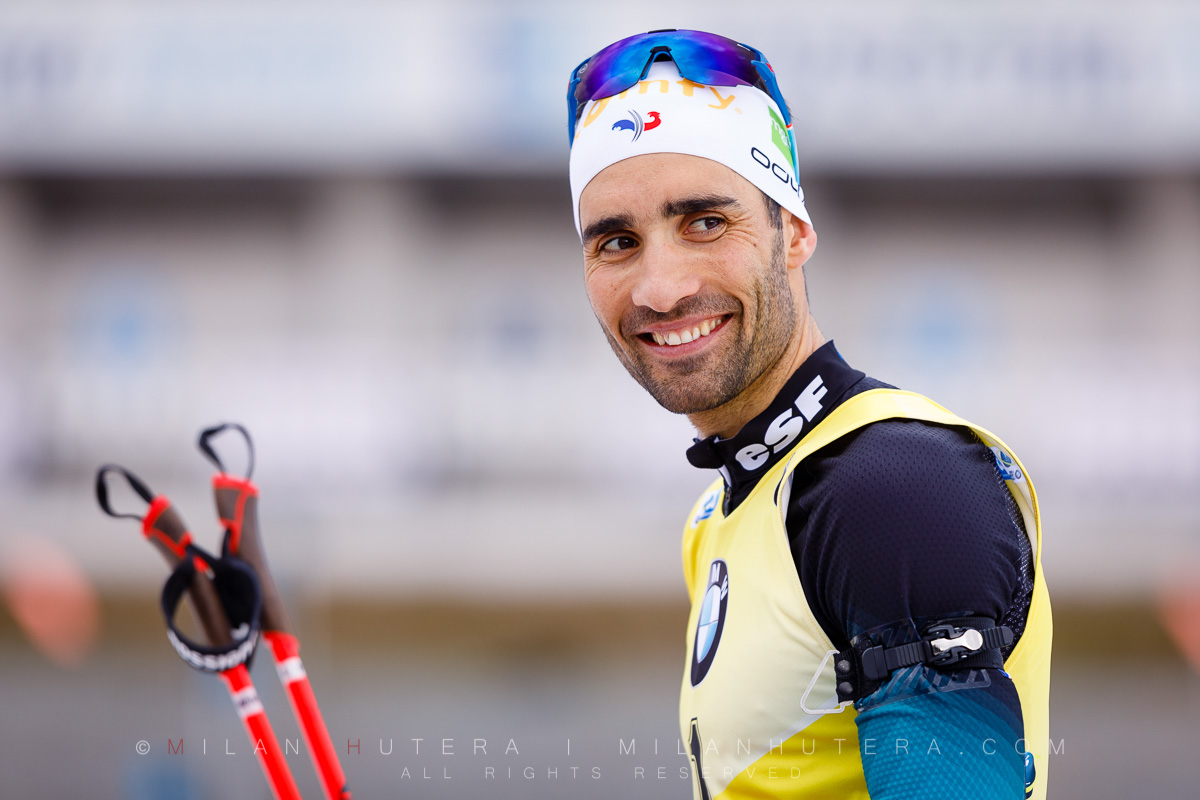
Getting back to the far away worlds above our heads, mid March is the beginning of so called “Galaxy Season”, a.k.a. “Spring”. As the name suggests, quite a few galaxies get into favorable positions for deep sky astrophotography. Quite a few of them are located in constellation Ursa Major and near the Big Dipper Asterism. The spiral Galaxy M81 (Bode’s galaxy) and starburst galaxy M82 (Cigar galaxy) are probably the most popular targets during the Spring. Again, it’s amazing how much one hour worth of exposures can reveal. Now that I’m capable of capturing much longer exposures than 1 minute, I’m looking forward to considerably improving the photo in a few months.
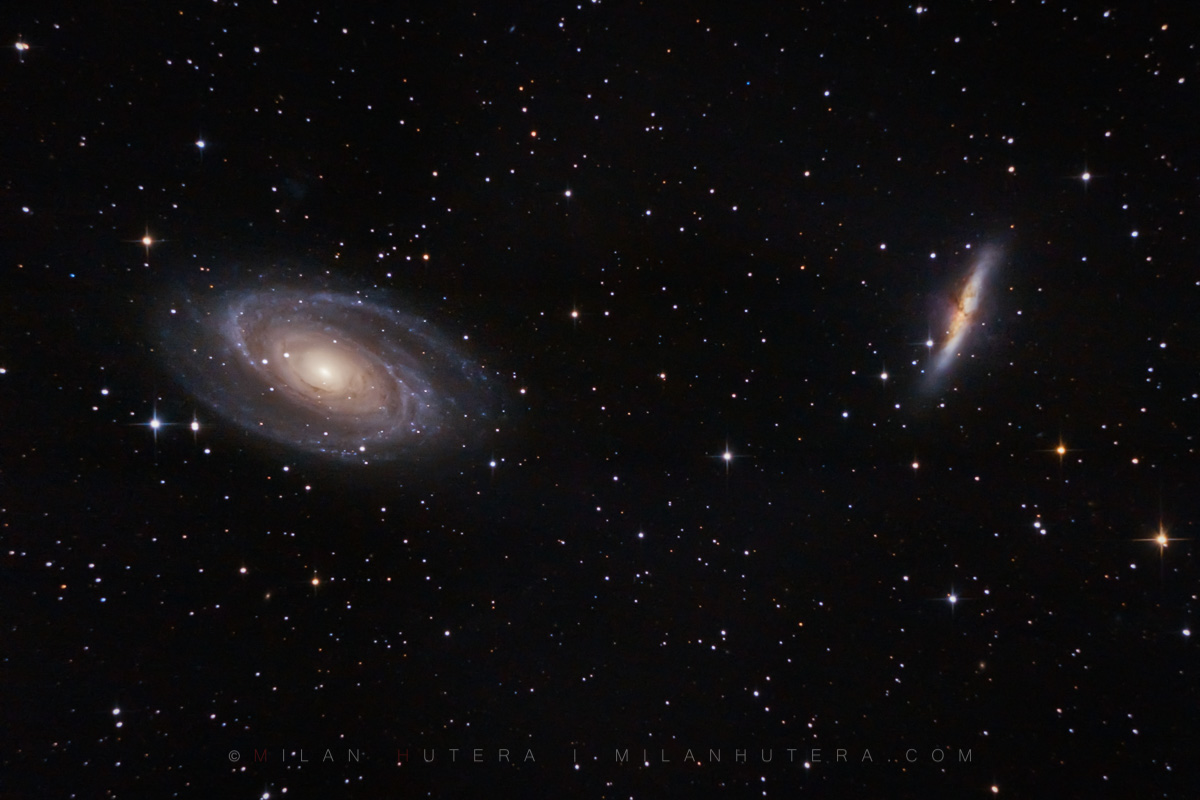
In April and May, I got back to some locations close to home (since we weren’t allowed to travel far from home anyway), but lighting and clouds situation were straight from 2020 book. Meh at best.
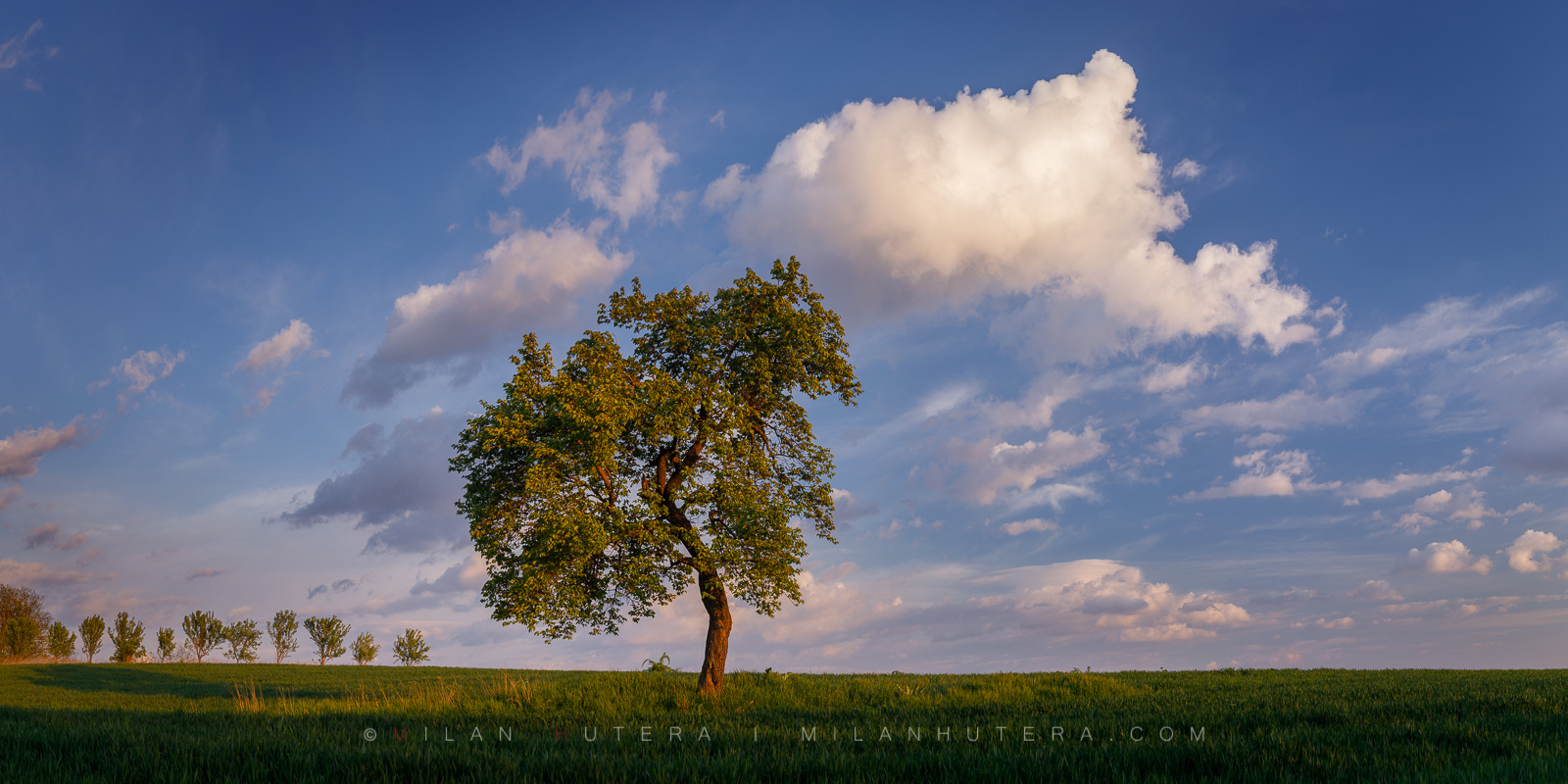
For about three months I had one more reason to hang around our garden besides catching some Sunshine. A family of Long eared owls moved to some of our trees to raise new m embers of the family. This parent took the guard duty very seriously.
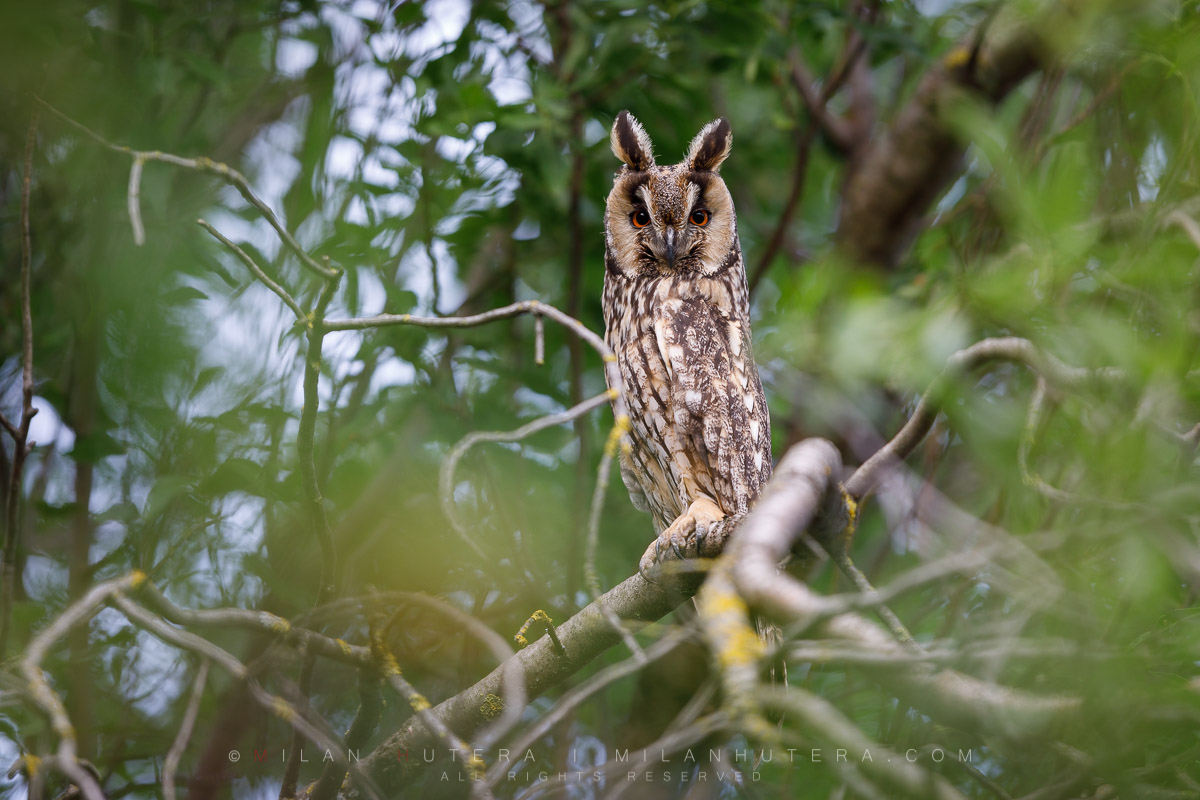
Here it’s guarding the surroundings of Thuja trees they used for nesting.
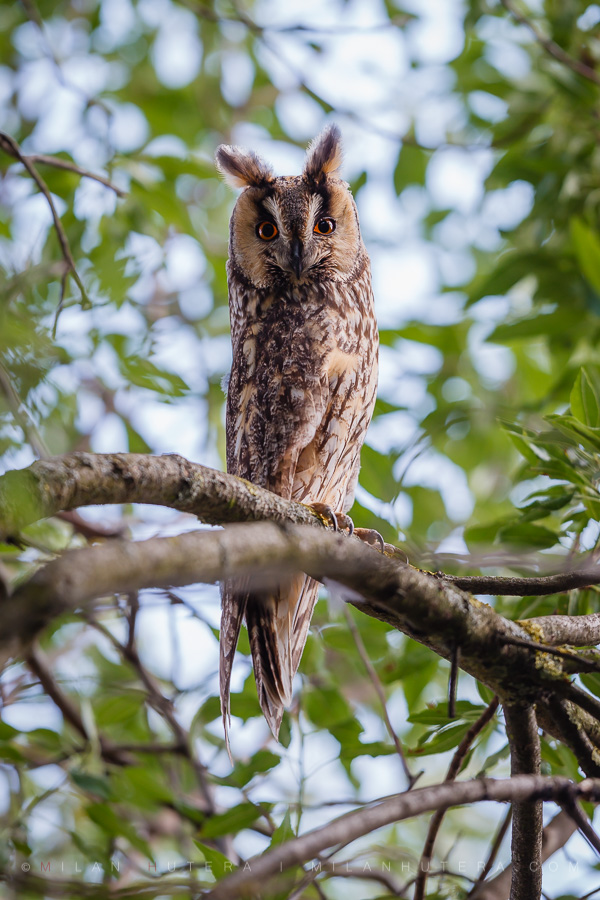
And one of the offsprings when they grew a little and started to explore the surroundings on their own.
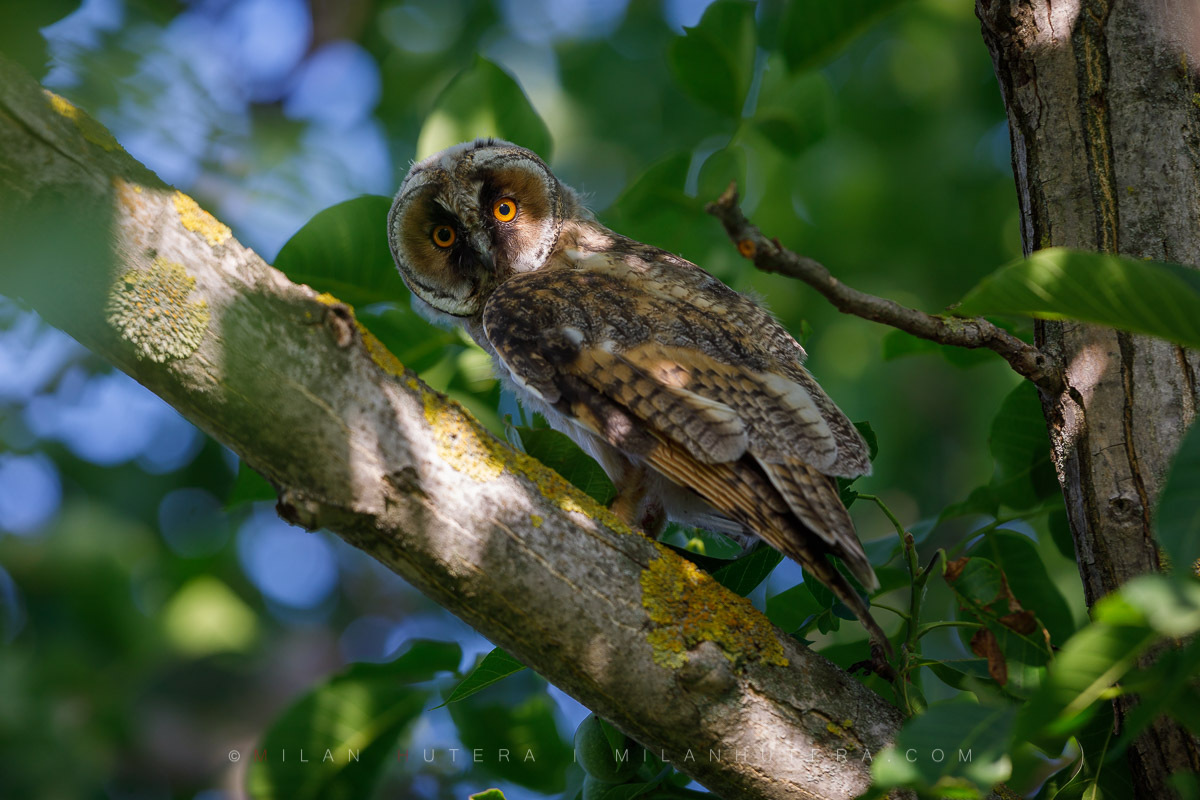
In June I made several trips to a big poppy seed field, located about 15 minutes from our house. Unfortunately, the sky never really co-operated. When the sky was “dark and dramatic”, there was also wind that ruined the foreground. When the foreground was nicely lit by the setting Sun, the sky was Meh… It was 2020, what could you do?
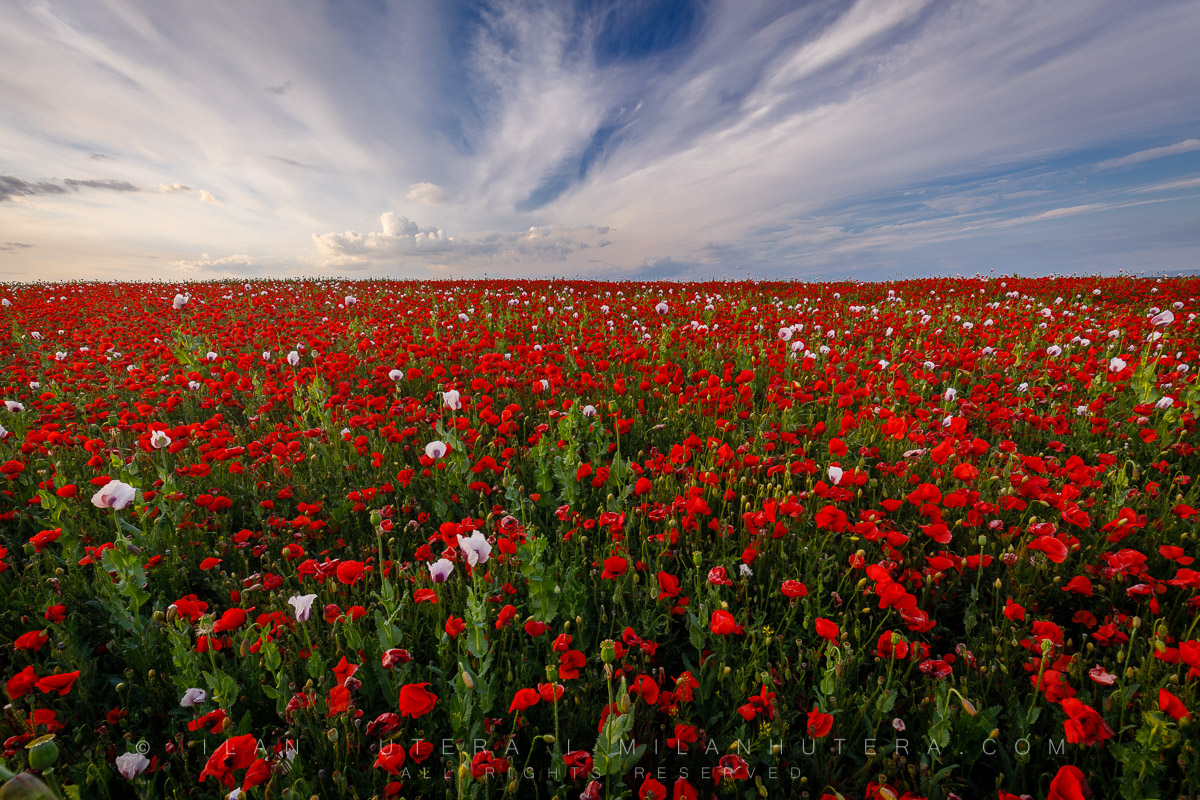
When the sky didn’t work, I tried to be creative and made this poppy abstract.
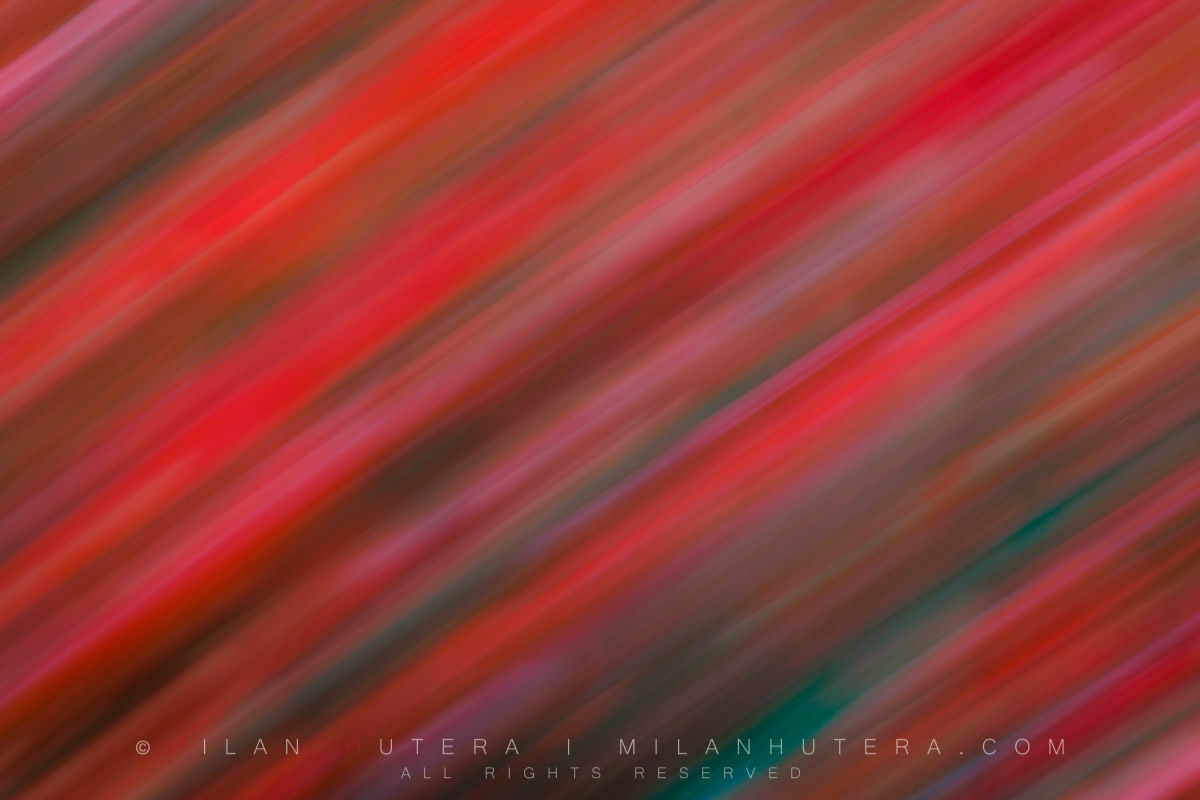
In July I returned to Banska Stiavnica for a day, mostly as a tourist guide for my cousin. She said she never visited the town before, so we made a one day trip. This time around, there were some decent afternoon clouds when looking at the rooftops from the Old Castle.

And they got even better into “my kind of light” teritory when we took a look at some more rooftops.
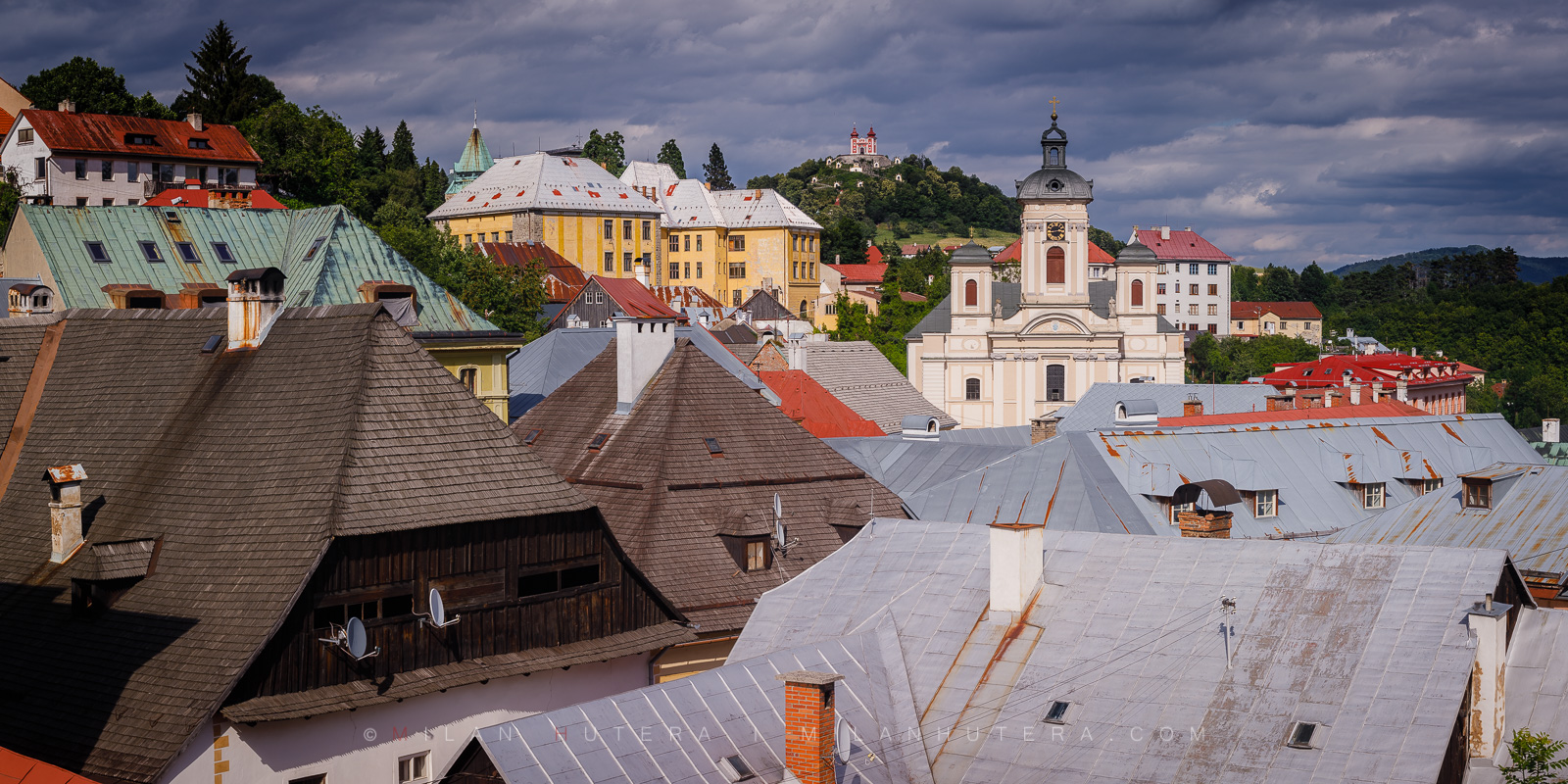
September is really not a prime time to capture the Messier 16 (Or Eagle Nebula), but I wanted to try and capture it before it disappeared for the upcoming 9 or so months. I used a dedicated cooled monochrome astrophotography camera and focused on the Pillars of Creation. It is one of the most famous objects captured by Hubble Space Telescope. I used RGB filters to create a color photograph and added some Luminance data to enhance the details. Now I really wish I wasn’t intimidated by the whole “mono” process and used the camera more. Especially during the hot Summer nights. We’ll see when I’ll have to return the camera to the kind gentleman who lent us some of his equipment to try out.
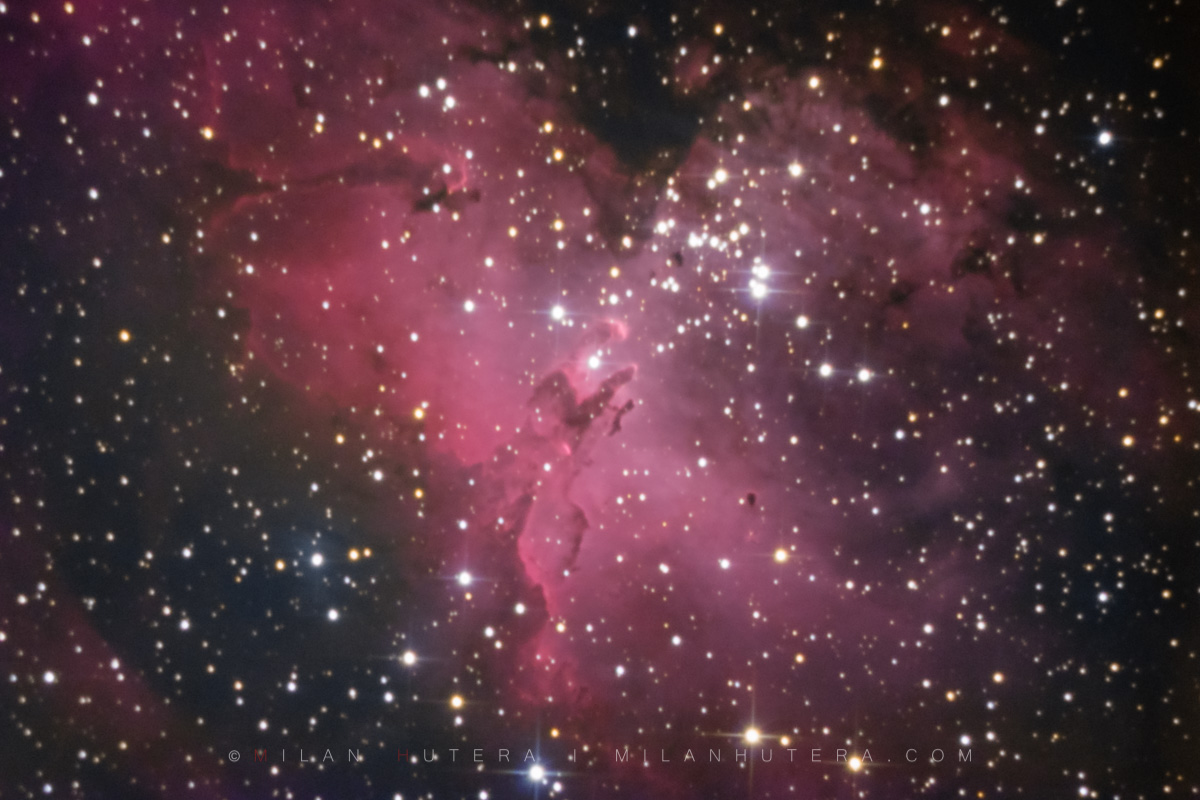
What about the rest of the year? Well. At the end of September everything went to hell. The COVID situation started to worsen rapidly. The countermeasures, lockdowns and full scale testings were happening at the worst possible time for fall colors photography. And since September we’ve had 5 (yes, five) evenings or nights without clouds and with favorable Moon phase for astrophotography. Infuriating, isn’t it? Well, that’s 2020 for you and the weather forecast for the upcoming days isn’t any better.
So I’m going to say this in the most polite way possible. 2020 and your shenanigans, leave now and never come back! Thank you.
2019 in Pictures
Welcome to another edition of „A year in pictures“ blog. Recapping the year for Jim Goldstein’s annual blog project has became a great tradition that I intend to keep no matter the circumstances. Once again though, I won’t be following the guidelines to pick 5 or 10 best photos, but instead I will do a month-by-month recap. It is my belief this way gives a better overview of the whole year.
Last year, I wrote that 2018 was a busy year. This time I’ll say the 2019 was absolutely insane year, and not in a good way. If you asked me, what I was doing for the first three months in our family business, I honestly couldn’t tell you. I simply cannot recall anything else other than senseless repetitive stuff, doing and redoing things over and over again. This carried out through the rest of the year. There was very little time for anything other than work.
Last year I was also negative about the photography business – taking a turn for the worse. Being negative and cranky towards the end of the year is also a tradition of mine. I hate to say it, but I was 100% right. This year, it went straight to hell. Although the number of paid assignments I did was approaching 70 with some new and fresh ones, it was very frustrating. Everybody talks about the upcoming crisis. In my opinion, it has already hit. With the advent of social media, the proper photos are among the first that are cut. The usual excuses are “we don’t need that covered”, “we’ll just use some from social media” and “we can only pay [insert a demeaning sum, that hardly covers the cost of transportation and cost of business, not to mention the time, talent of photographer and gear cost]”.
I made plans for January to shoot winter scenes in Banska Stiavnica. I have discovered a reliable webcam overlooking the city, I saw beautiful scenes made of fresh snow on it. But due to extremely demanding schedule in our office, I wasn’t able to make the trip. I can only hope I will be able to make it in the first months of 2020. Unfortunately, that is the dark side of business. If you have an activity that pays and you’re on a deadline and the other activity (photography) doesn’t pay, then it’s clear which one has the priority.
In February, I was shooting 2019 Davis Cup Qualifiers between Slovakia and Canada. This was the first time teams played under the new Davis Cup format (qualifiers in February and the final tournament of 18 nations in November). The Canadians arrived with young stars Denis Shapovalov and Felix Auger-Aliassime. The matches were close with Canada claiming the spot in the finals. One of my favorite shots seems like a trivial one. If you know, what you’re doing and take your time, it’s easy to get the nice game play photo with the ball right on the racquet. But to get a line judge’s head inside the racquet, carefully observing the ball – that requires one of those “happy accidents” Bob Ross always talked about in his videos.

Towards the end of the month, I was visiting my friends in Trnava and went to explore the evening town afterwards. After I took some photos, I packed my gear and got ready to leave, as the blue hour was over. But as I passed the narrow street leading to the Church of Saint Nicolas, I saw a huge Moon rising next to one of its towers. So I unpacked my gear again and took a photo. Later I learned that this was called a “Super Snow Moon”. This will serve as a substitute for March photo, since I did not have any time what so ever to take personal photos that month.
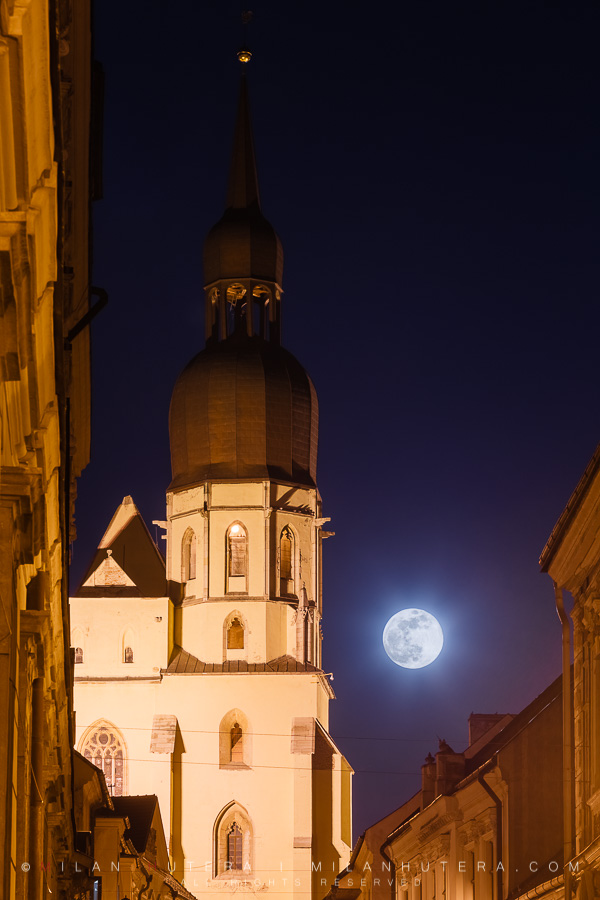
In April, I shot a Fed Cup tie between Slovakia and Brazil, which was a farewell tie for Dominika Cibulkova. It wasn’t clear until later in the year, that it was also one of her last matches. In May, she played her last match at Roland Garros and in Fall she announced her retirement from professional tennis.
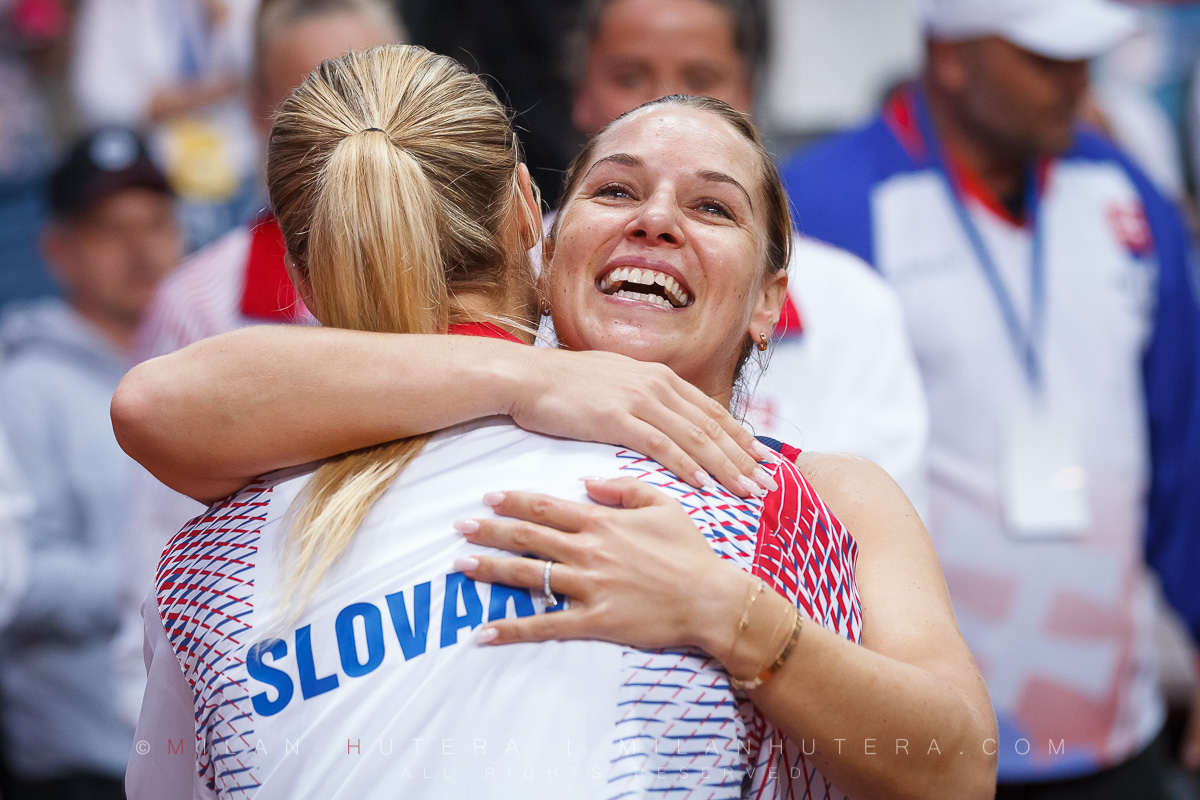
I always try to capture shots from different perspective. If you take your time and spend some time tucked away in the dark corner and away from most photographers, there is a good chance you will get them. Like this “to be or not to be” shot of Team Brazil’s leader Beatriz Haddad Maia.
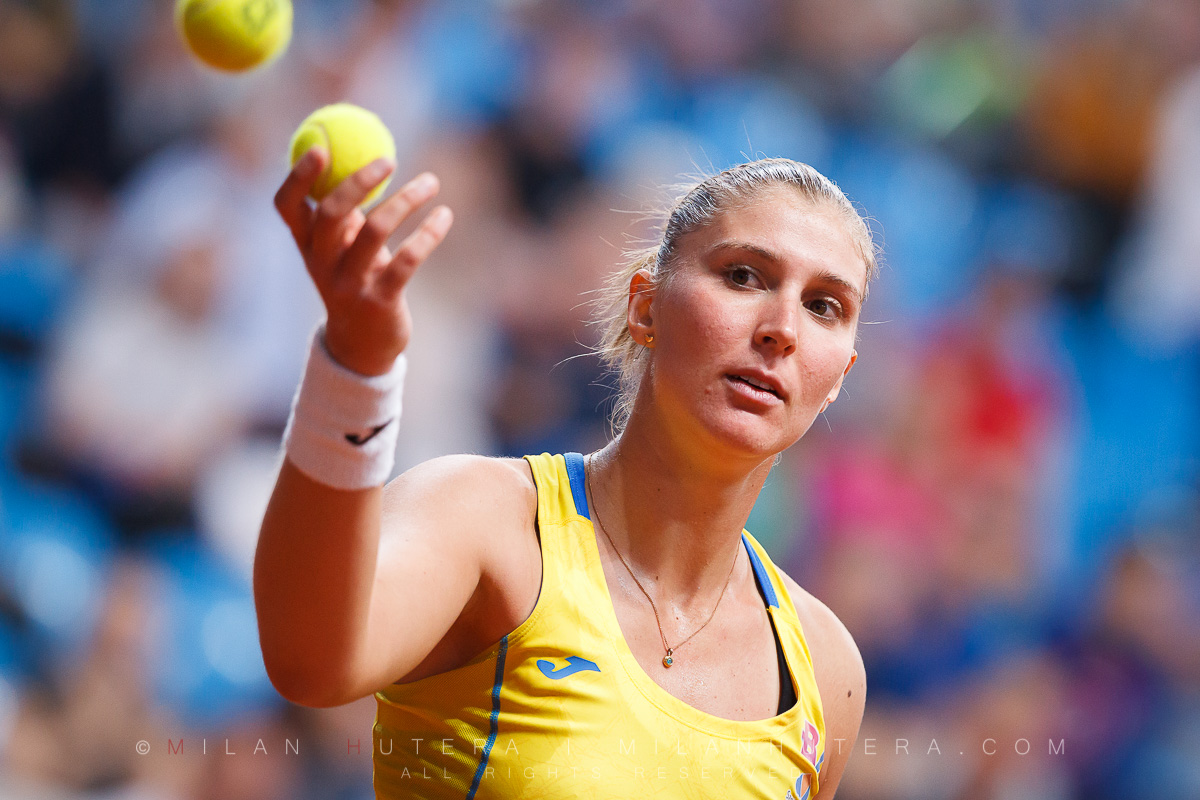
I also spent most of the month shooting a long term local project. I’m not ready to reveal its nature yet, but from the material (both still and video) I got in April I feel it will be possible to realize my initial vision. We’re still several years away from it though.
April also brought a welcome personal change. After six years of “suffering” and “torture”, I finally had my dental braces removed. It was a very long journey and since it was more or less a medical necessity, I had to do it. But it’s nice to be finally free and have a bit nicer teeth as well.
At the end of May, we took a three day business trip to Prague. I tried to spend as much time shooting as possible between the business commitments. Sadly, there wasn’t any hotel free for a group of 20 people closer than 40 minutes walk from the historic landmarks. In recent years, Prague has been overrun by tourists. Some stats say the annual number of domestic and foreign visitors is approaching 8 million and it shows. The people are everywhere and the hotels are full. So I spent A LOT of time walking during this trip.
I spent the first evening near Saint Vitus Cathedral inside the Prague castle. The castle has a long opening hours during the summer months and there are only a handful of people there compared to day hours. Highly recommended if you want to get nice photos with hardly any people.
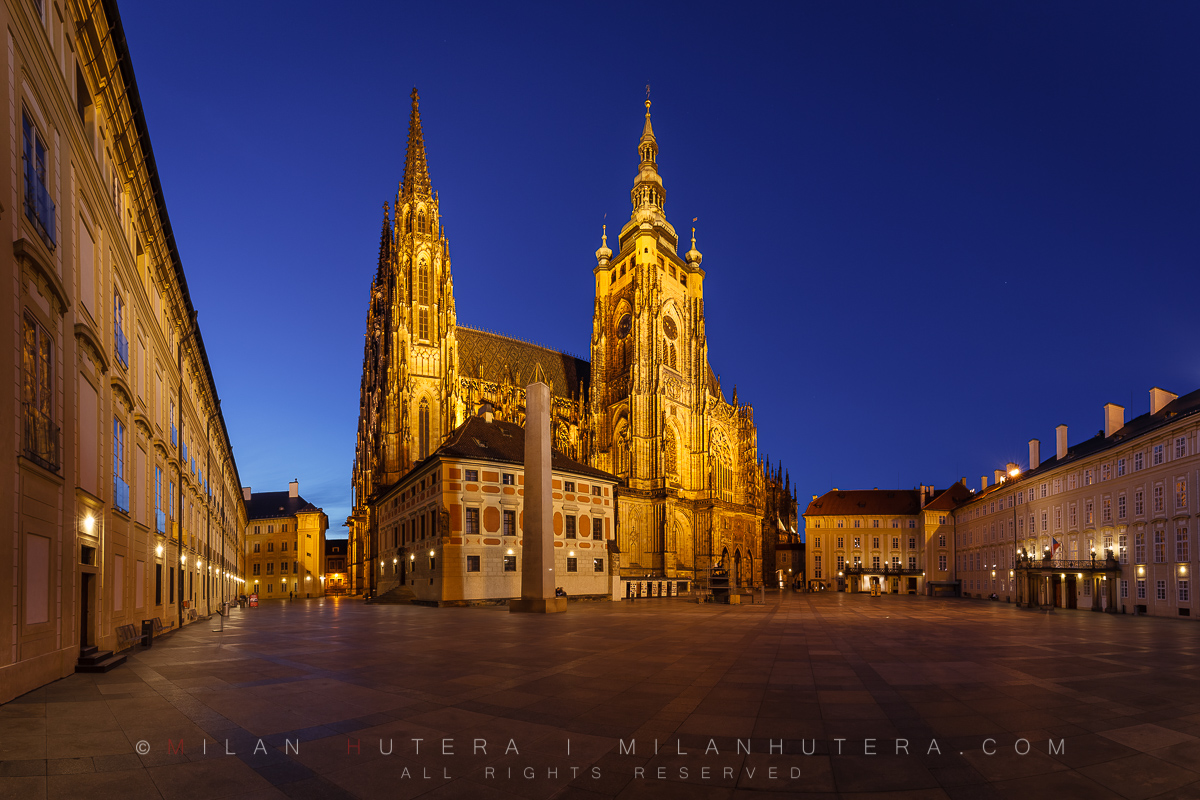
On second day, I got lucky. My plan was to stop at the House of Black Madonna to shoot the famous Lightbulb Staircase. But as we were leaving the conference (later than planned), we got stuck in a traffic jam for good hour and half. All of us then walked for 45 minutes to Old town to have dinner and we were passing the House long after its supposed closing hours. After dinner, I headed to Old town again and decided to stop by the House. To my surprise, it was opened for some evening presentation. So I got my photo after all.
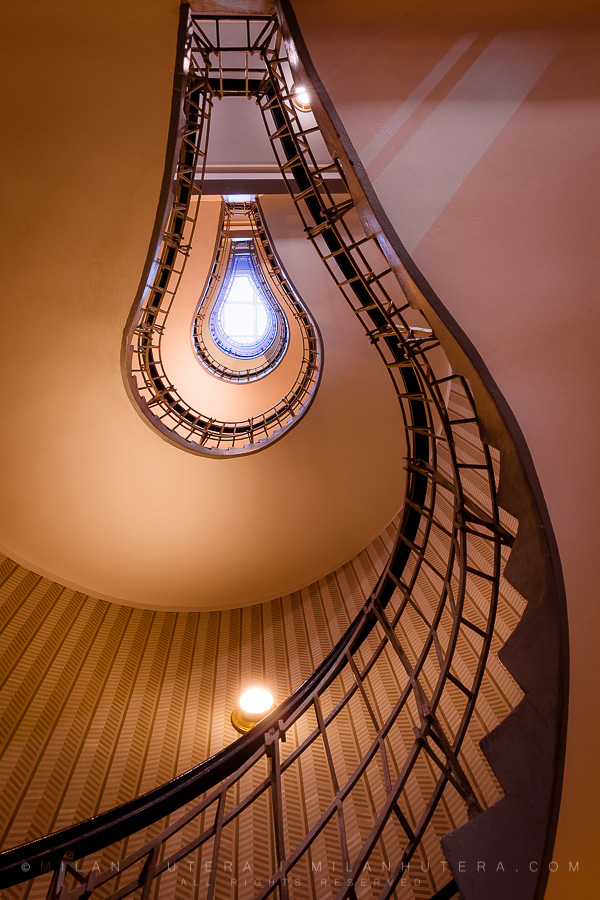
In June, I tried to take advantage of long days and chase storms after long work hours. I was only partially successful. One of my more successful attempts brought me to a patch of land close to our village. It has been mentioned in a chronicle as an ancient land and a war was fought on it. I’ve been visiting it for years, but it didn’t occur me to shoot it from this angle until now. One of the basic rules of landscape photography is to be familiar with the places within walking distance from your home. They might be mundane, but they still can bring you a nice photo.

In July I made a decision to upgrade my main camera. After 7 years of service, my aging Canon 1D Mark IV was upgraded to Canon 5D Mark IV. And what a frustrating experience it has been ever since. I can fully confirm the well known truth – “Once you go 1-series, you can’t go back.” Yes, the 5D Mark IV produces nicer and larger files. But what are the good files for, if the camera struggles with Autofocus and isn’t as responsive as the top of the line camera introduced in 2009 (5D Mark IV was introduced in 2016). I chose two days at X-Bionic Summer Tour as the opportunity to get to know the camera. First time I was extremely disappointed. After tweaking the autofocus, the second day was more successful. The camera is definitely capable of producing excellent in-focus photos. But in lots of cases, it produces series of completely out of focus photos that are simply baffling to me. One of my favorite photos from the event was taken after the first CAI2*-H4 Combined carriage Marthon in Slovakia.

At the end of July and August I shot two Europa League 2019/2020 matches in Dunajska Streda and Bratislava for a foreign agency. This came as a complete surprise, since I don’t specialize in shooting football/soccer and doing agency work (delivering files ASAP and not having enough time to provide properly processed photos). Shooting visitor team also means less opportunities to capture the action, since they mostly concentrate on defending on the other side of the pitch. After the stressful evening hours, I’m quite pleased how I handled the matches. Especially the second one between Slovan Bratislava and PAOK FC Thessaloniki provided quite a lot of interesting moments – including scantily clad pitch invader. I will provide the shot below the “injury photo” with a mild NSFW warning. Overall, I think it was a nice new experience. However, at the time of writing this blog, I’m still not prepared to call it a 100% success until all aspect of it are resolved.

The photo of a pitch invader was quite in demand afterwards, since I was one of the handful domestic photographers, who got the shot (since almost every other domestic photographer was on the other side of the pitch.). Again, the photo can be considered mildly NSFW.
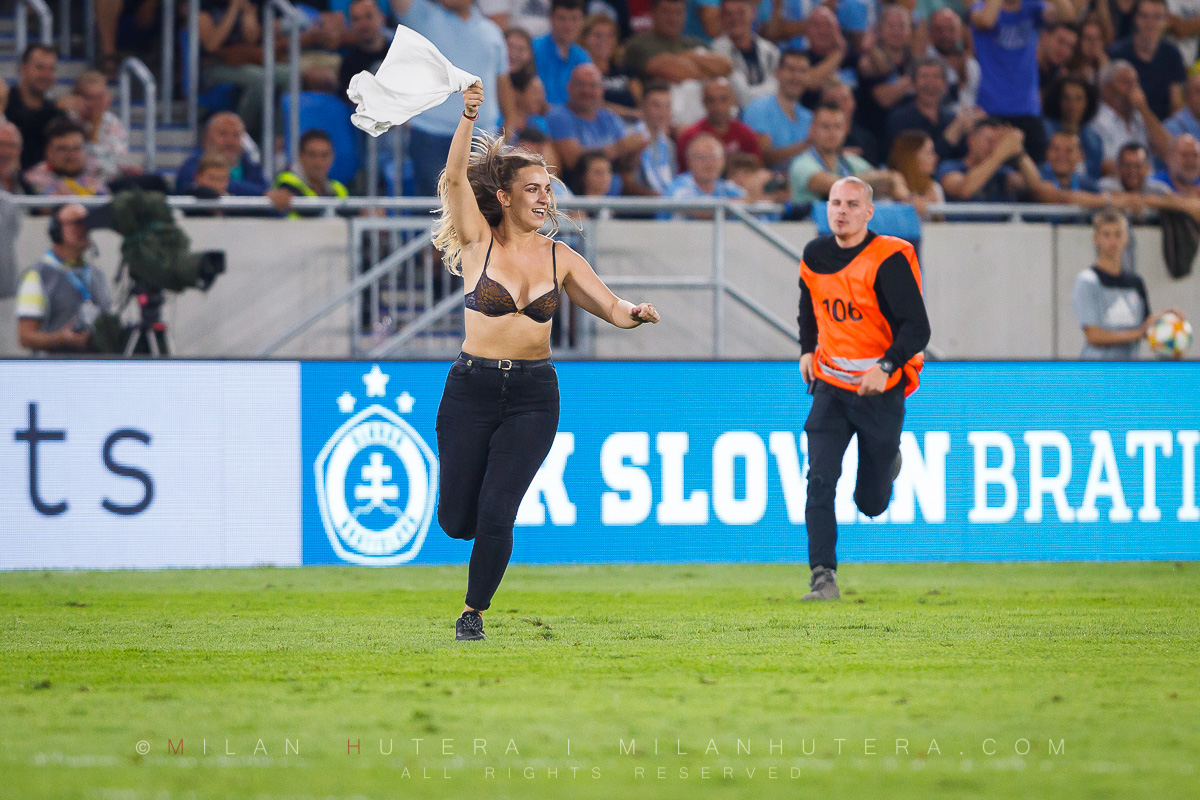
September was also a very busy month for me, not having nearly enough time for personal projects (and if I did, the weather just wouldn’t cooperate). Again, the photo I’m most happy with was created within walking distance from home. One of the fields was flooded by a torrential downpour. After the water dried, it left a large area of deep brown mud. I always wanted a nice detail photo of dried mud with deep cracks, but I didn’t have an opportunity to shoot one until now. All I had to do was wait for the right light. It took me three attempts, but I finally got the look I wanted. The Sun dipped below the horizon and thanks to the cloudless sky I got an amazing purple glow.
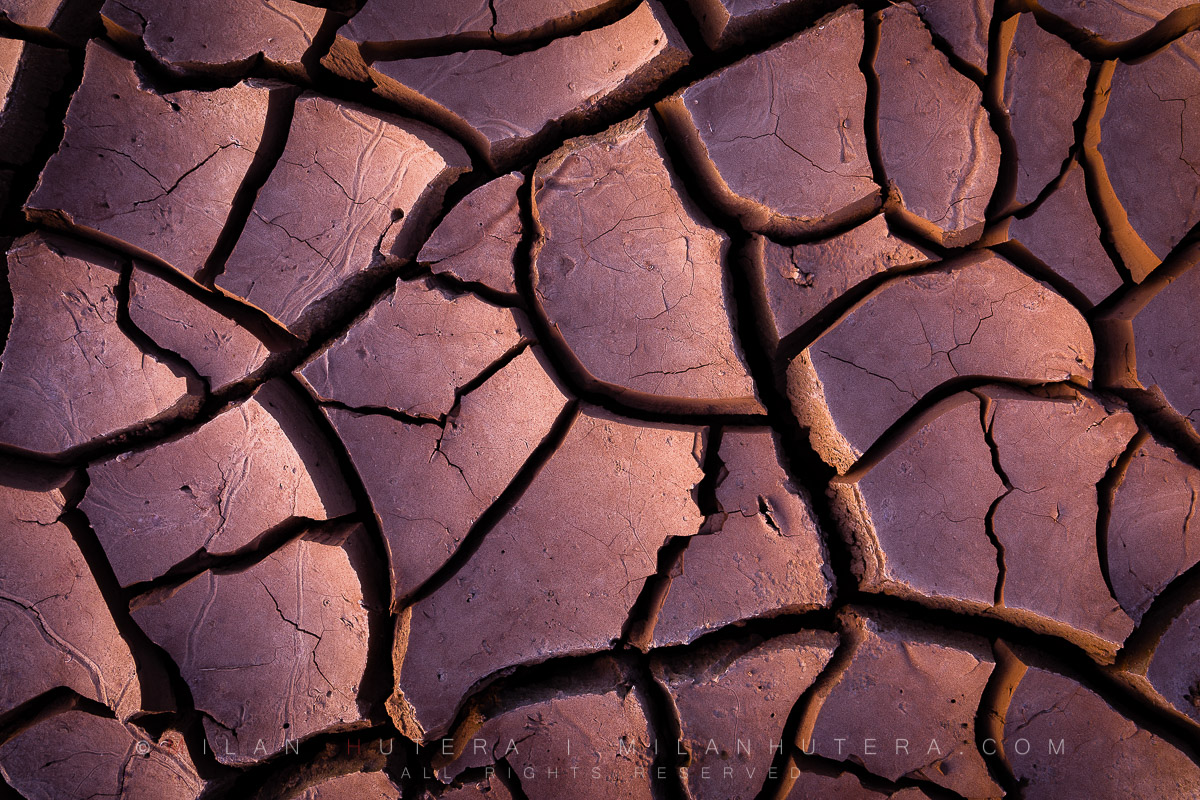
I may be repeating myself, but October was also extremely busy month. This time, I also got the time to squeeze some personal shooting between the work and paid shoots. At the beginning of the month, I visited Trnava once again. My goal was to try the new camera and see how it will handle some scenes that are challenging to capture. The narrow street, leading to Church of Saint Nicolas isn’t particularly challenging to frame. But the new camera produces significantly nicer files with more dynamic range and tonality. An HDR file was still required to maintain details around lanterns and to get the highest possible quality, but the result is well worth the “effort”. And the HDR workflow has one additional benefit. In most cases, it removes unwanted people from the frames, even though the street was surprisingly quiet that evening.
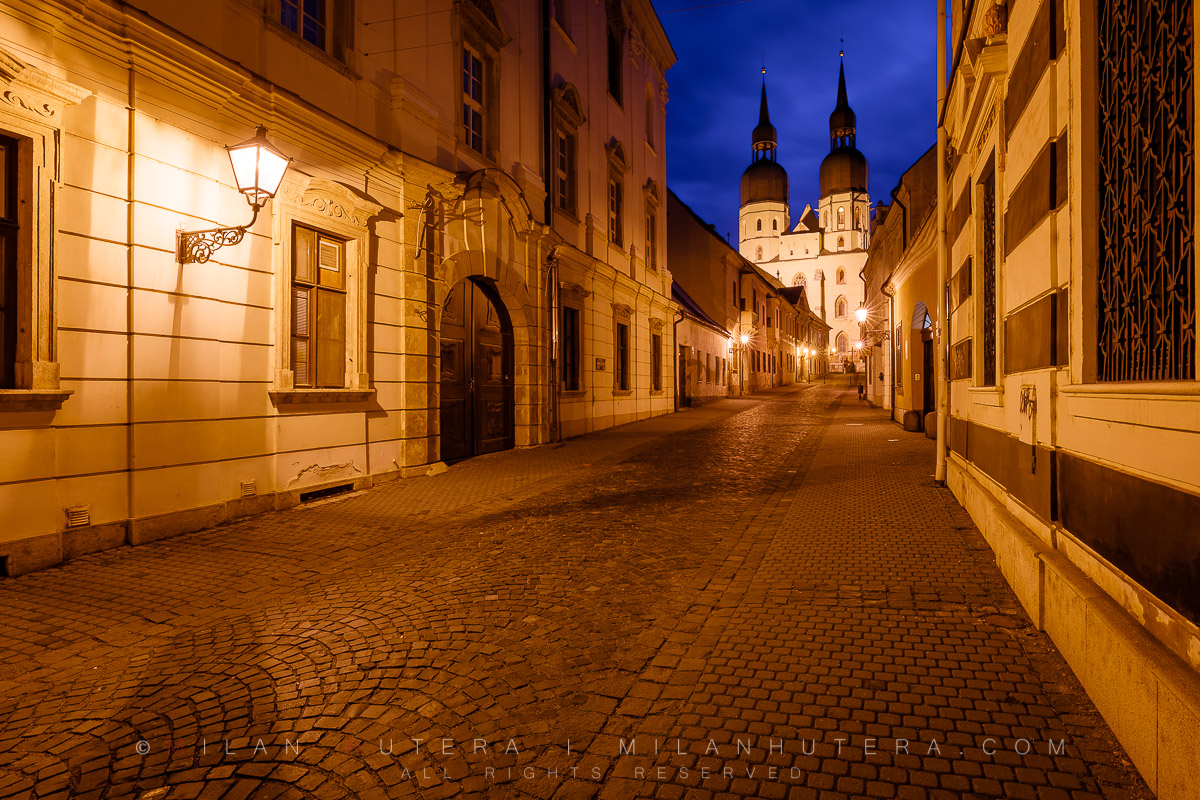
Two weeks later, I took the free time between two whole day shoots to visit Banska Stiavnica again. I expected there will be some fall colors and I knew my schedule will be very busy, so I made the trip. For half a day, the weather was miserable. I used the time for some exploring and found this overlook of the old town. As the weather started to improve, I walked back there to witness the beautiful colors all around the town.
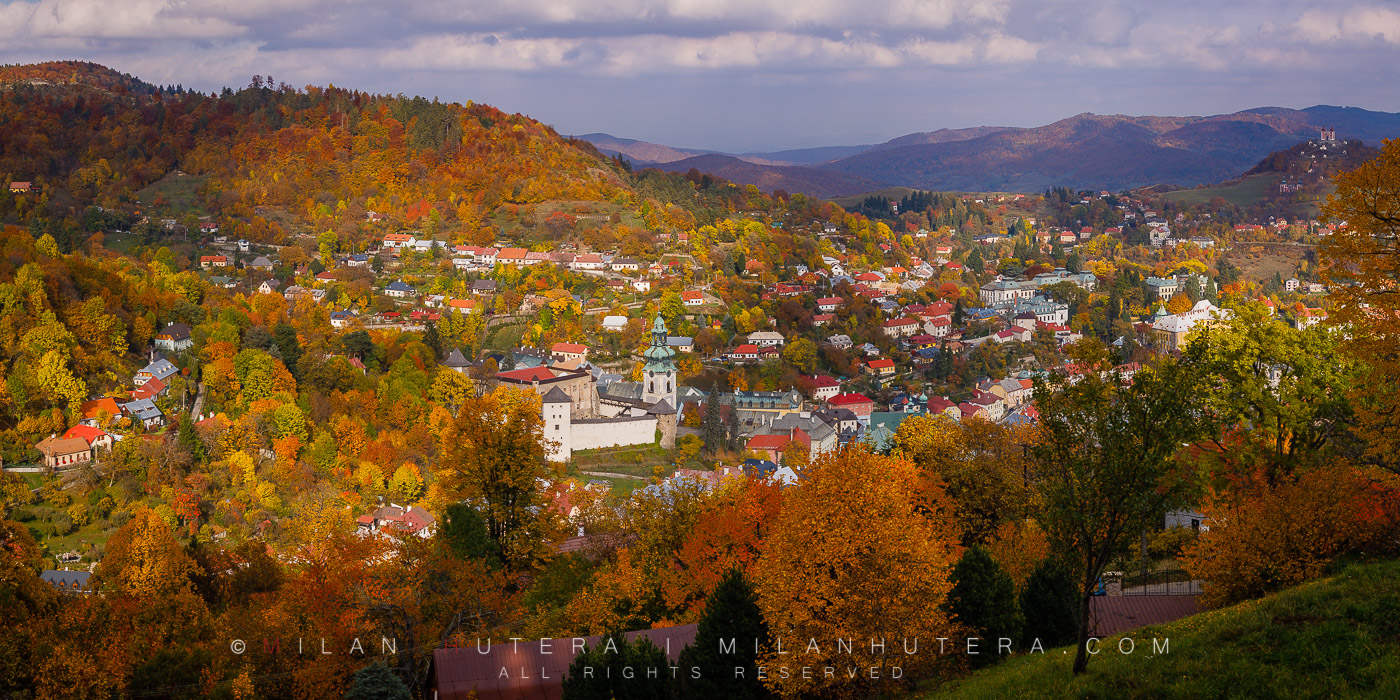
At the beginning of November, I had a paid shoot near the town Bojnice. It has probably the nicest castle in Slovakia and last time I visited was in 2008. Luckily, the shoot wasn’t a whole day affair, so I made a short drive there afterwards to shoot the castle during the blue hour. Unfortunately, the lighting of the castle and around the castle was so bad, the photo required exposures several minutes long. Worse than that, I couldn’t even see the composition, both in viewfinder and on Live View. So it’s a little tighter than I wanted. I will be back to improve it, hopefully sooner than in 2030.

December was, once again crazy hectic, so aside from a number of paid shoots, there wasn’t any time for personal projects.
And that was my year of 2019. Considering how it went, I’d rather not set any particular “grand” goals for next year in order to avoid disappointment. Was your year as bad as mine? Will 2020 be better? What are your photography plans? Let me know in the comments. Happy new year!
2018 in Pictures
Welcome to yet another edition of “A year in pictures” blog, that I’ll be once again submitting to Jim Goldstein’s annual blog project. Continuing the tradition from the last few years, I won’t be picking a handful of best photos. Instead I’ll do a month-by-month recap. In my opinion, this gives a better overview of what I was up to during the entire year. I’ll be providing links to larger galleries from various events, so feel free to check them out as well. You are also welcomed to explore my Landscapes and Travel portfolios as well as Galleries section, where I provide pictures from events I attended without too many words.
Overall it was a very busy year, both in photography as well as other work areas. Some of the photo assignments were by far the biggest I’ve done so far. On the other hand, I have a lot of bad taste in my mouth. Things are changing and it is a change for worse. Virtually every aspect of photography business took a turn for worse and a lot of outlets either just don’t work anymore. But it has became a tradition for me to be negative this time of year, so the only thing that I can do is wait how it will all turn out.
I started off the year at IBU Cup Biathlon in Osrblie. The biggest star of the event was Simon Fourcade, the older brother of Martin Fourcade. Martin is already among one of the best biathletes of all time, so chances of him appearing at lesser competitions is next to none. So it was nice to get the next best thing in Fourcade family and a first place for Simon too. The weather was unpleasant, but that’s Murphy’s law. When you need to be out and shooting, why having a nice sunny weather, right?

February was incredibly hectic. On some days I’d really appreciate the ability to split myself and being in two or even several places at once. But I still found a bit of time for personal photos. At the beginning of the month I was invited to Prague for European premiere of the Mummies of the World exhibition. Since this was only a one day trip because of scheduling, I only had about two hours to explore the city afterwards. The evening panorama of Prague Castle and Charles’ bridge was done to death, but I’m still happy I got my own version.
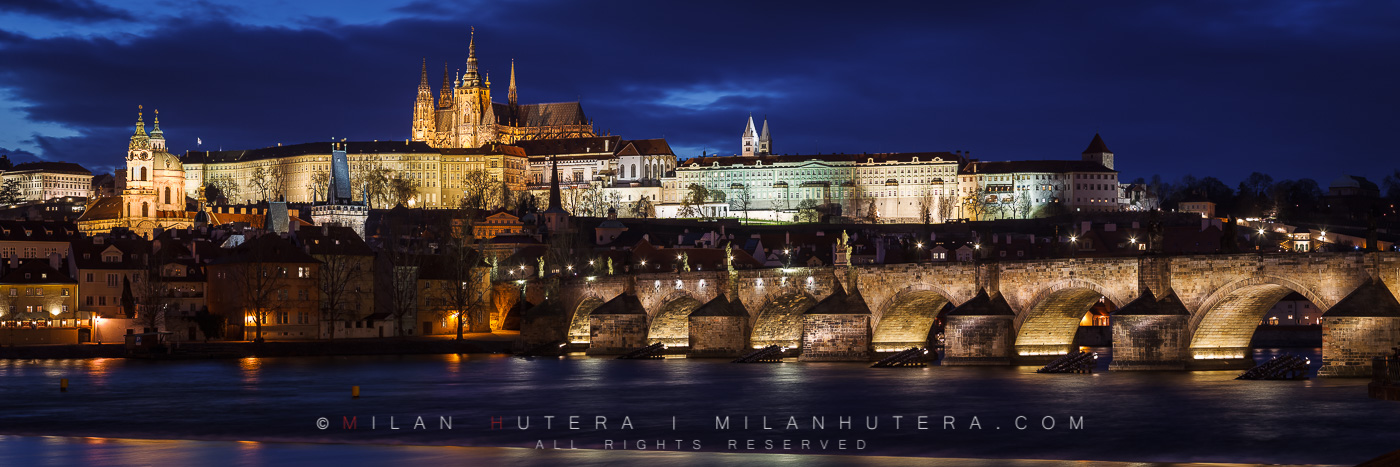
Few days later, I was shooting the Fed Cup tie between Slovakia and Russia. The Russians arrived with a team full of “young guns” including Anna Kalinskaya, pictured below.

At the end of March, I made a trip to Austria’s Neusiedler See, which is the largest endorheic lake in Central Europe. One of the most famous locations on its coast is a town of Podersdorf and its small but very picturesque lighthouse. I have seen quite a few photos from this place, but I never visited it until now. The weather was very sunny for a March and rather cloudless. When I arrived there, I realized the marina and lighthouse is definitely a morning location, but there are some nice photos to be captured at sunset and after sunset too. The lake was incredibly still and the evening turned out quite nice.
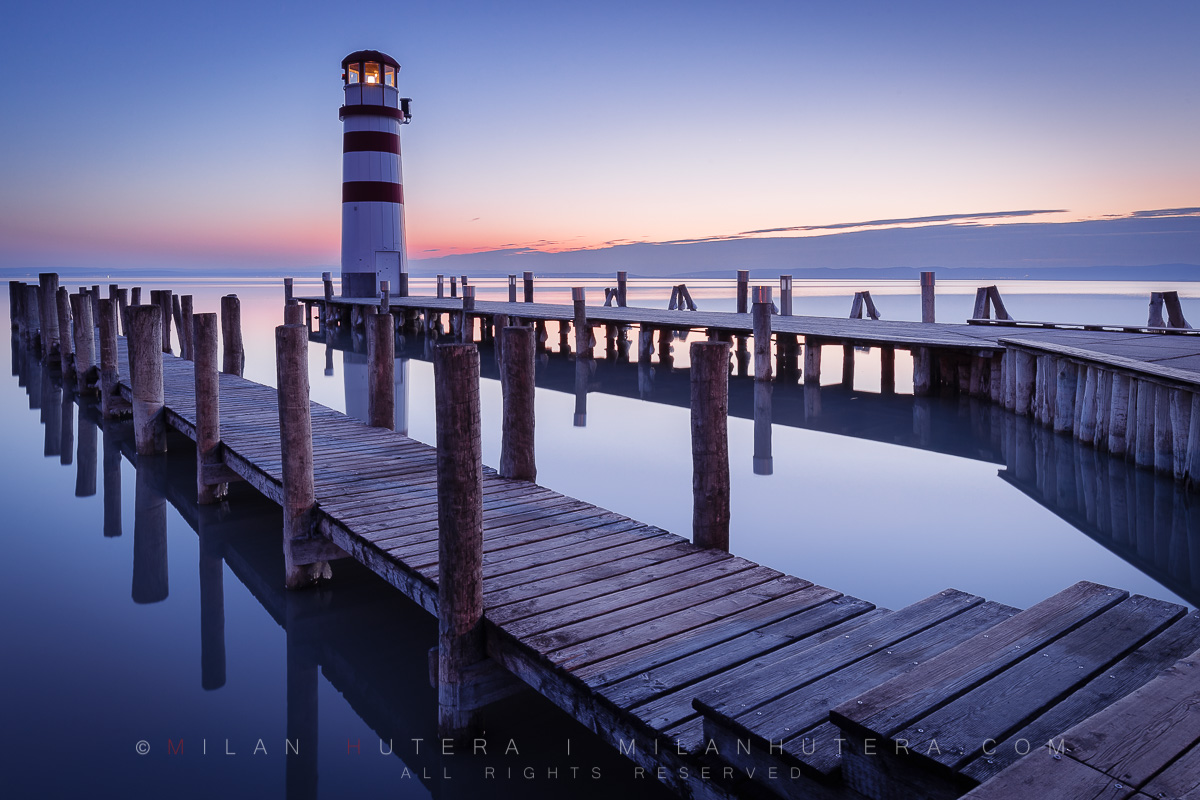
One day in April, I escaped our office a little earlier and made a short trip to the famous Church of Michael Archangel in Nitra-Drazovce. This tiny romanesque church is one of the oldest churches in Slovakia and stands atop a cliff above the village of Drazovce. The cloudy weather looked promising and I arrived just before the amazing early evening light. There was a lady taking some pictures and was ready to leave, when I told her that the Sun will shine in a little while. Her impatient husband insisted on leaving… Few moments later this happened:
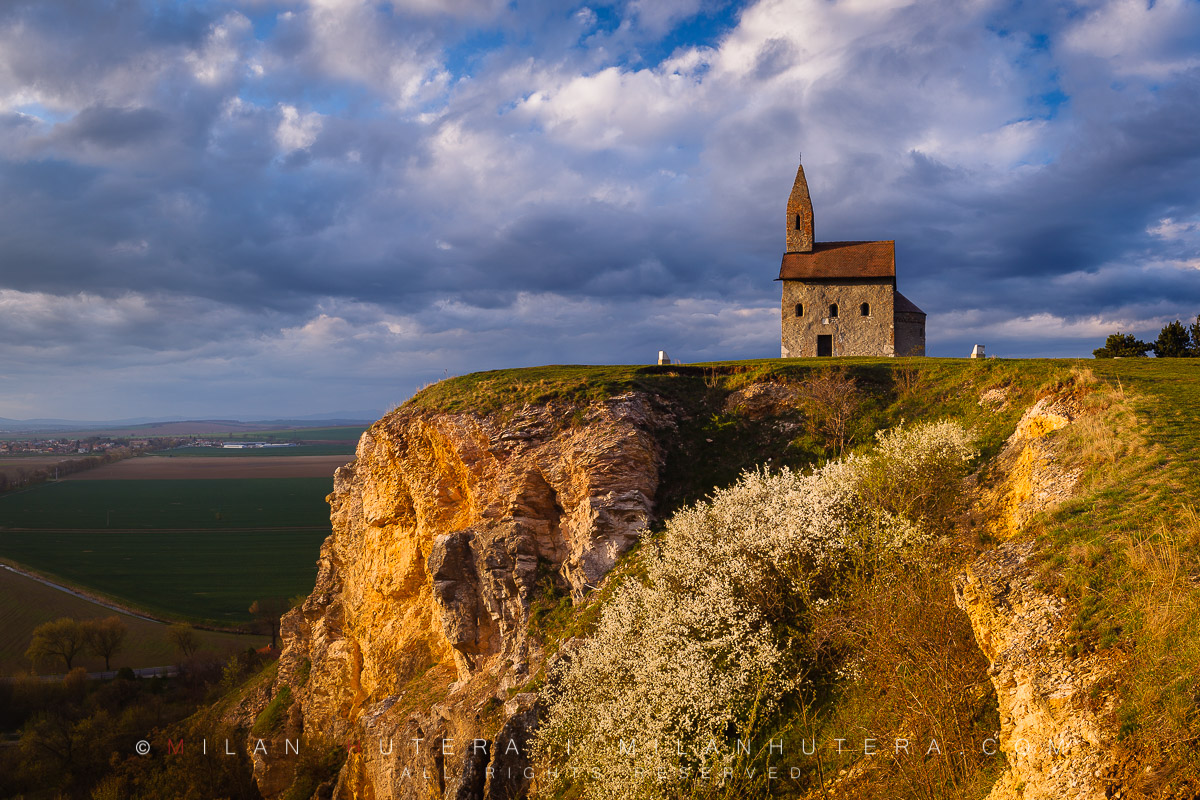
It’s always worth waiting. If I already made the effort getting there, why leave after several minutes. Spend some time, be patient and maybe the luck will bring you the right moment.
In May I spent a total of nine days as the tournament photographer for Empire Slovak Open, which is the biggest women’s tennis tournament in Slovakia. The 10th edition has attracted some famous names, including former World no.2 Vera Zvonareva and Andrea Petkovic, whom I had the chance to not only photograph, but also do an interview. Being super smart and honest, Andrea’s answers did not disappoint. There are many nice photographs from this event, so my random photo of choice is the two time finalist Veronica Cepede-Royg in the heat of the battle.

June is traditionally associated with stormy weather and I was always on the lookout for photo opportunities. Unfortunately, by far the most impressive stormy light happened while I was on a photo assignment. As I finished, I took the tripod and drove to a location I haven’t visited in a while. Even though the best part of the stormy sky was gone, I still like the nice light and green color in the foreground. I also like the leading lines the dirt road provides. Hopefully the sky will fully provide next time I’m actually available for shooting.
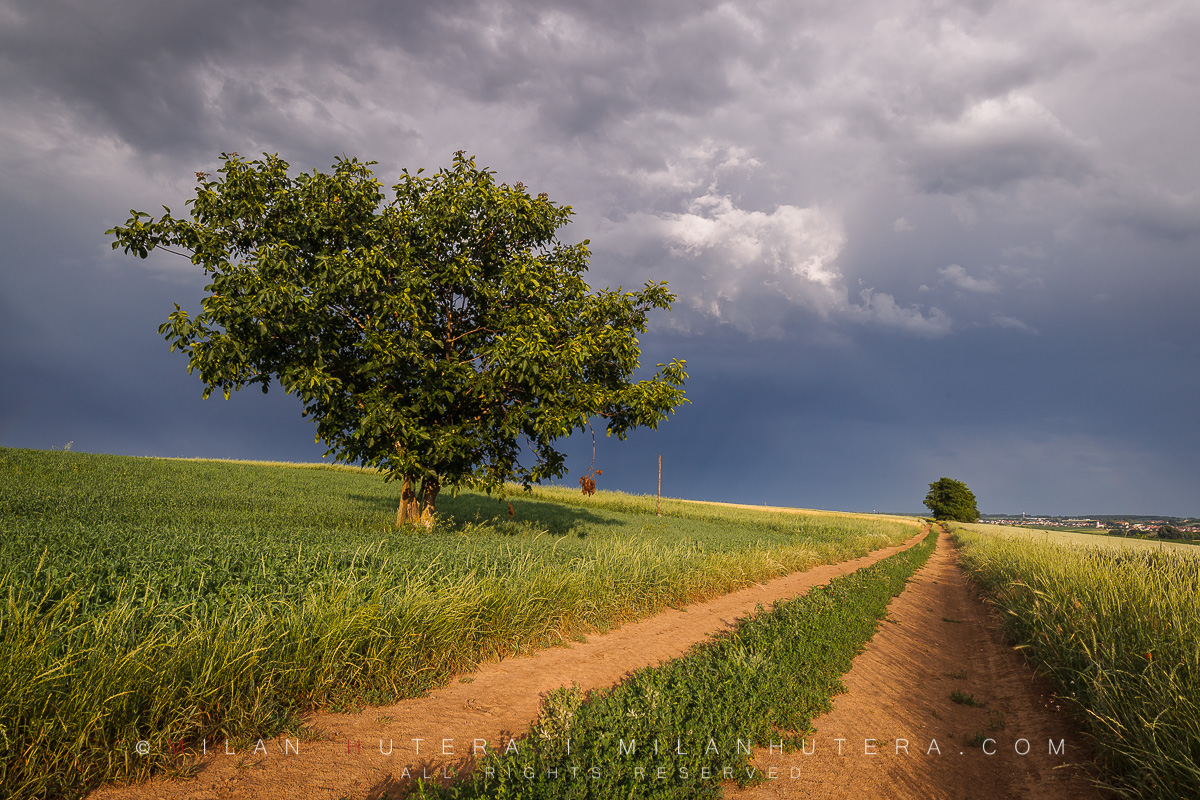
In early July I returned to almost exactly the same spot (can you spot the common element of the two photos?) to capture the passing storm above the wheat field. The sun from the west created beautiful golden tones and the massive black clouds looked really menacing. Suddenly a double rainbow appeared. This is probably my first proper rainbow photo with nice composition and light. I’m very happy that I managed to capture this. I’m also happy that I wasn’t struck by lightning 15 minutes later as the second storm started to brew above my head.

At the end of the month, I made the annual trip to beautiful X-Bionic Equestor Sphere in Samorin for the Summer Tour 2018. Due to scheduling conflict I wasn’t able to attend Saturday races with the popular night session, but I managed to capture this funny moment of teeth cleaning. One of my favorite equestrian photos to date!
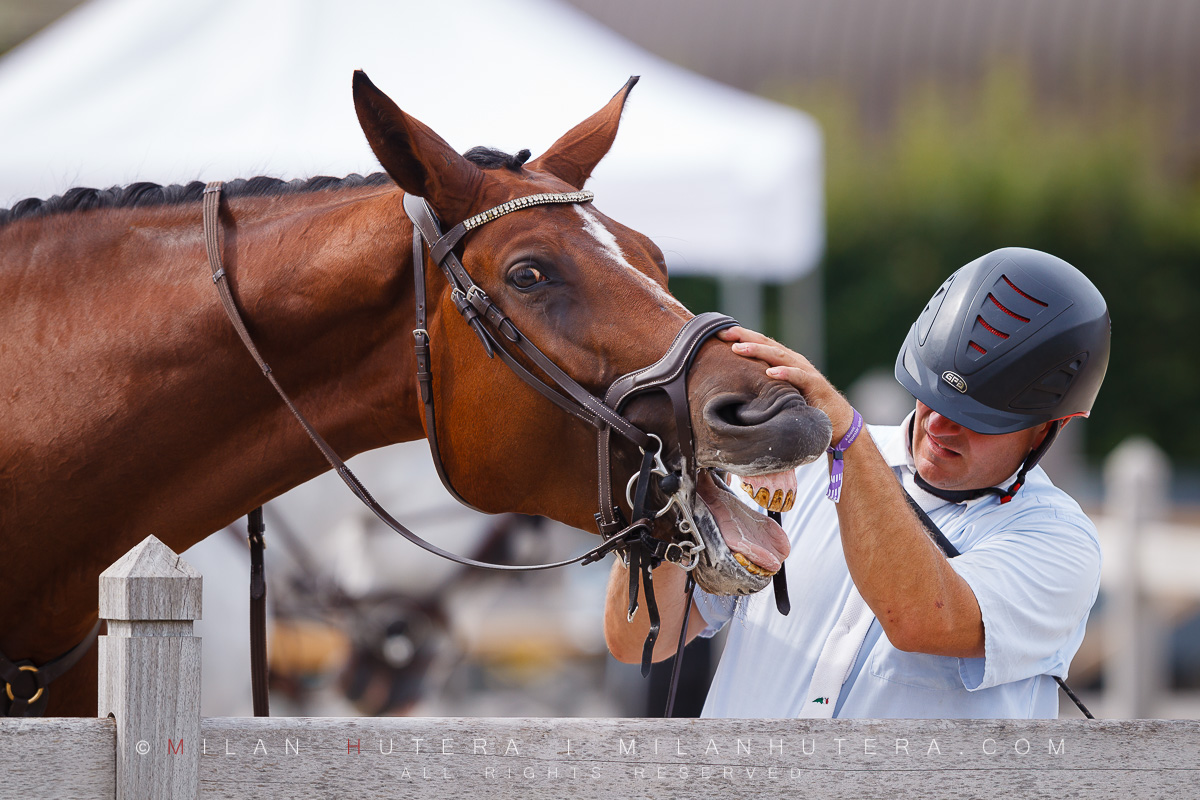
August was a slow month for personal projects. The only notable one was the Summer biathlon championships of Slovakia on roller skis. Unlike last year, none of the members of men’s and women’s “A” team were present.
At the beginning of September we made a short family trip to Cortina d’Ampezzo and the surrounding areas. This was a photo oriented trip with proper location planning, unlike my solo trip to the same area of Dolomites five years ago. You can plan all you want, but you have to have a lot of luck in landscape photography too in order to capture beautiful light. This photo of sunset light on Cinque Torri, captured on the very first evening in the area, is a prime example. It lasted less than a minute and I was extremely lucky that I was all set up and ready to capture it. The moment was so short I was unable to do a panoramic view I was planning to capture. It is probably my favorite photo of the trip. To this day, I haven’t processed all of the photos I took. A dedicated gallery or even a blog from this trip will definitely follow in 2019. In the mean time, you can see some of the photos in my landscape portfolio.
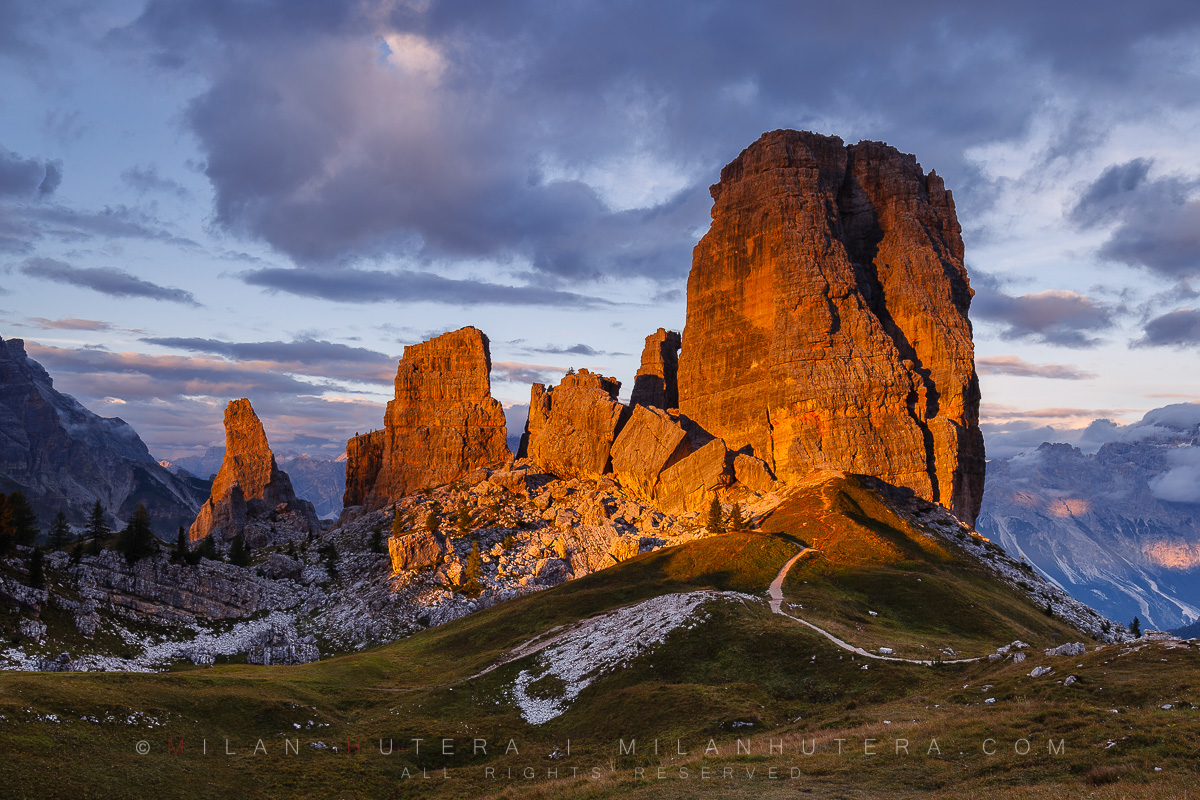
In mid-October I made a one day trip to Banska Stiavnica. This historic town is located in central Slovakia and since 1993 it is a UNESCO World Heritage Site. Some time ago, I decided to photograph the town in all seasons. I made the first trip last summer. The calvary complex (one of the landmarks of the town and one of the largest of its kind in Europe) was undergoing a major restoration. I decided to postpone the project until the restoration was complete. The day I picked was perfect for autumn colors. The weather was decent in the morning and got worse in the afternoon. I still managed to get some nice photos and I’m looking forward to be back. Hopefully this winter. You can see the full gallery from my visit here. One of my favorite photos of the trip is the morning panorama of Old Castle and surrounding rooftops.
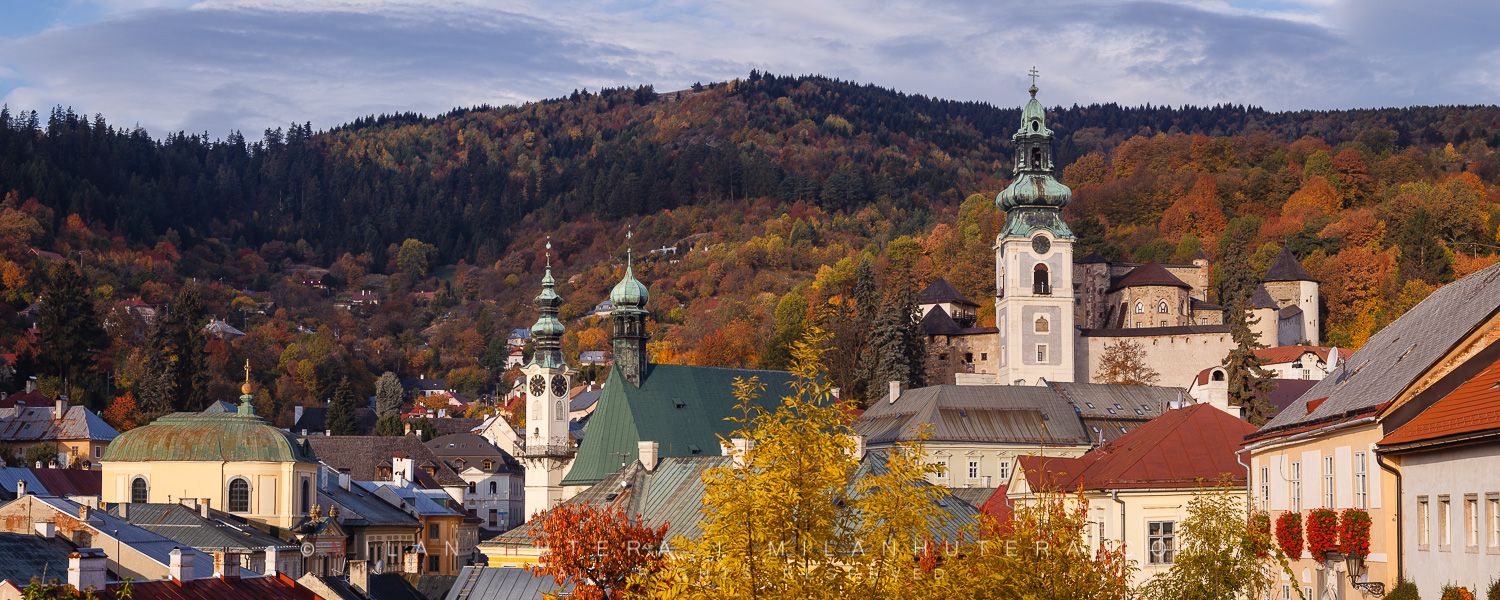
At the beginning of November I made a late attempt to capture the remains of autumn colors in Little Carpathians. Until then, the weather was either not good for forest photography (mostly strong wind) or I was busy shooting paid work. That day the weather turned out great. There was almost no wind, it was partly cloudy and as I was gaining elevation, the forest turned into this foggy marvel. I like the forest pathway, the fallen leaves and of course the fog that seem to make the forest stretch to infinity.
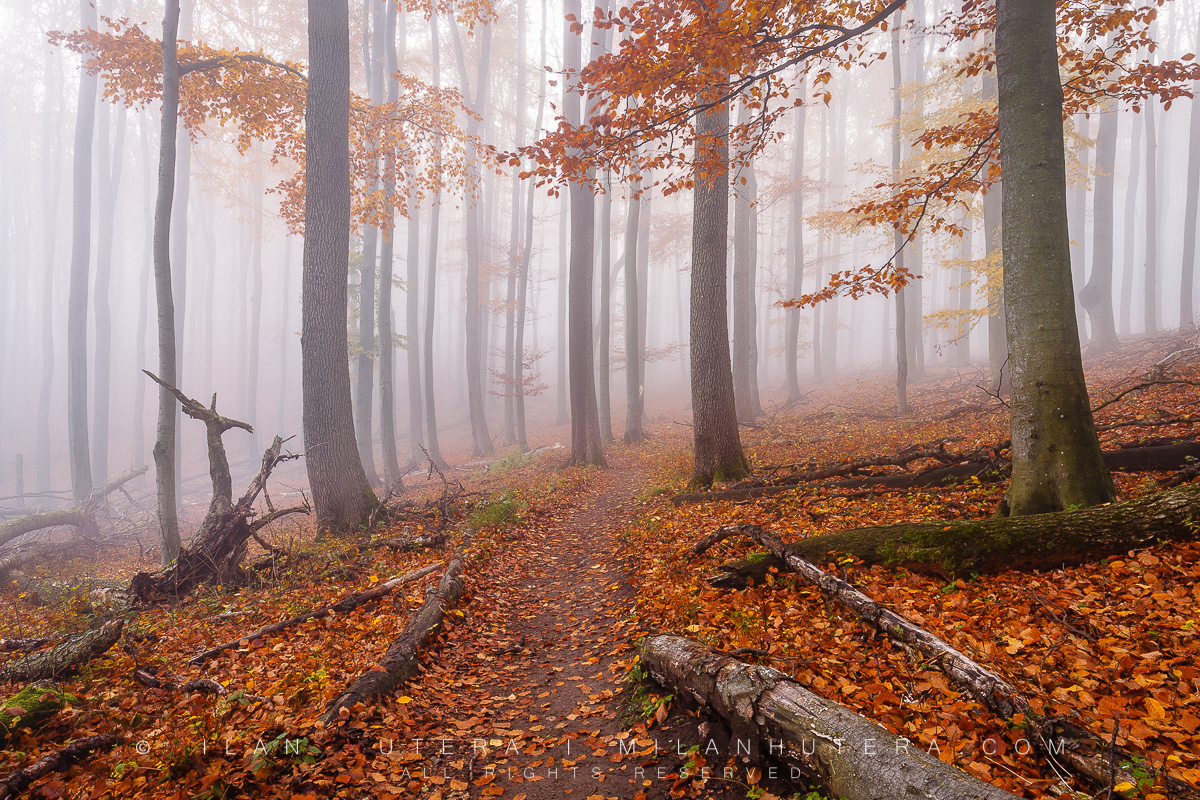
In mid-December, an unexpected white stuff started falling from the sky. Such an odd feeling, I almost forgot what it’s called… I woke up to a beautiful morning. Everything was covered in thick layer of snow and more of it was still falling from the sky. I was slowly getting ready for the last event shoot of the crazy streak, that started at the end of November. Then I decided I just had to take advantage of these conditions and I headed out to a forest I had not visited in several years. The time I had was limited, but I managed to found this composition, which works well as a single photo. But I like it even more as a panoramic view.
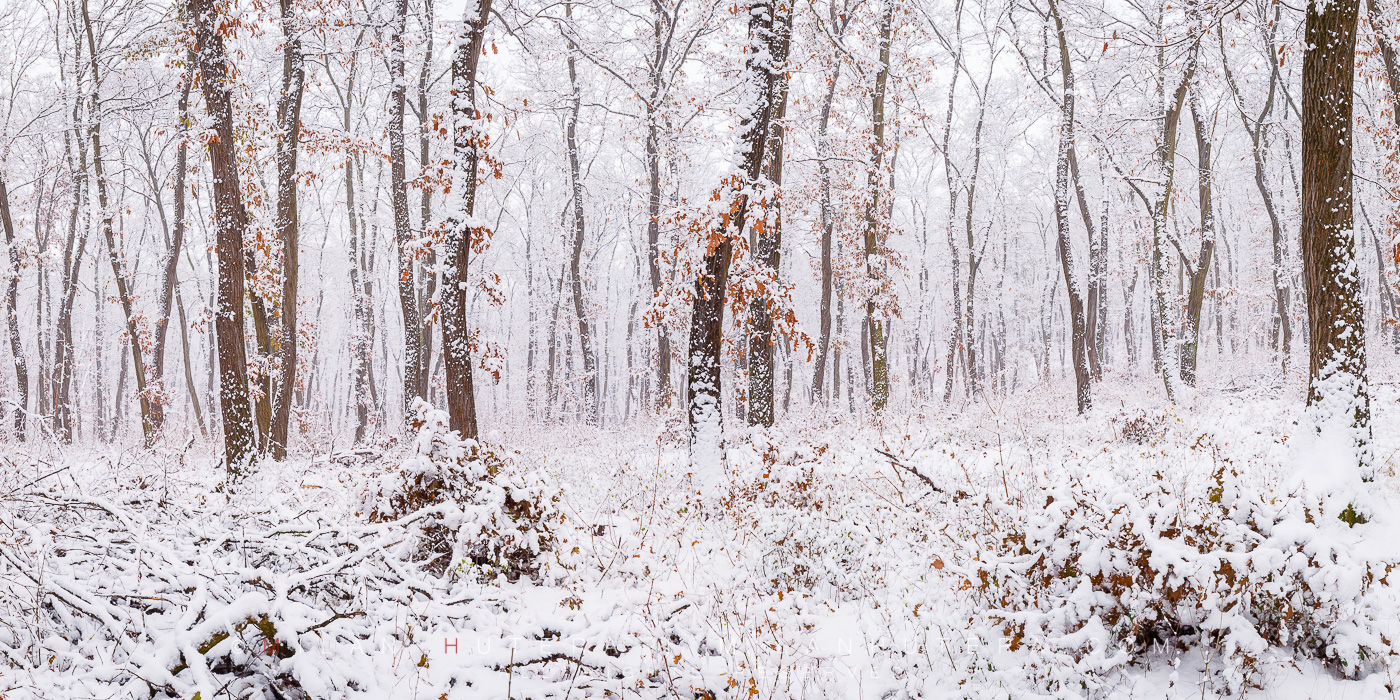
On 29th, I made a trip to Osrblie to end the year with some biathlon shooting. It was one of those days, when things just were not meant to be. The races were tightly scheduled, the weather, while nice, was more difficult to shoot than last year’s “blizzard edition” and stuff just wasn’t happening. I guess one has to just accept those kinds of days and move on.
So that was my year 2018. I’m already looking forward to 2019 and I’m once again with a bit of fear what it’ll bring. I hope you had a great year of 2018. Thanks for reading this far, let me know in the comments how was your year of 2018 and what are your plans for 2019!



